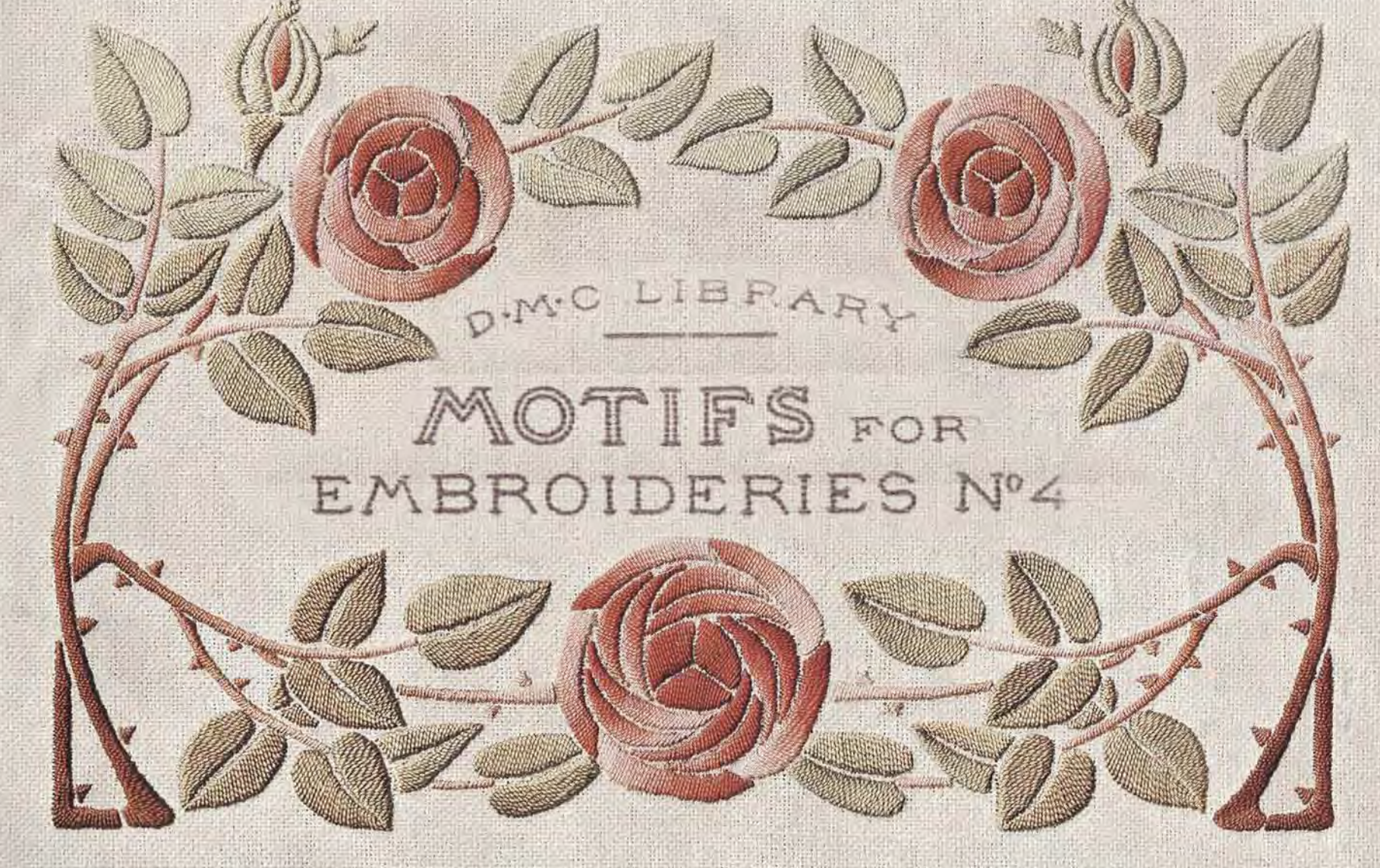Overview of Historical Embroidery Styles, Part 2
The next stop on our overview of historic embroidery styles is the 17th century. This is a particularly fascinating era for me as a historical costumer, since there are times when embroidery is lavishly used on clothing, and other points where it seems not to be used at all.
Blackwork
At the end of the 1500s and heading into the 1600s, Blackwork was still incredibly popular. The style is now dominated by large, flowing florals filled with intricate patterns and textures. These motifs are often filled with small seed stitches and are much more delicate and detailed than the early geometric designs. This creates a subtle shading that resembles etchings or woodcuts in style.
The following examples from the Museum of London show the two styles of blackwork from the early 17th century. The jacket is dated to 1610-20 and has a small, all-over pattern of leaves and vines with simple shading and fills. The garment shape and embroidery are very similar to the Maidstone Jacket at the Maidstone Museum. The skirt shows a larger design of flowers inside scrollwork, which is another common embroidery motif during this era.
By the middle of the century, the scrolling vines begin to disappear. Instead, the motifs fill the entire area, such as on this example from the V&A and the panel below from the Art Institute of Chicago.

Both Blackwork and Elizabethan Embroidery could be found on household items as well as clothing. Below are examples of a redwork curtain and a cushion cover decorated with Elizabethan embroidery. From only these detail shots, it would be impossible to tell whether it was an image of a jacket or a bedspread.
Jacobean Embroidery
As we move further into the 17th century, the floral motifs and fills become increasingly complex and fanciful. A new style emerges, commonly referred to as Jacobean Embroidery, that reflects the influence of both Blackwork and Elizabethan Embroidery styles. However, it’s important to note that Jacobean Embroidery is commonly used on household goods such as wallhangings, pillows, sheets, boxes and cushions, rather than clothing.
The nature theme is still very strong, and designs include animals, flowers, birds, rolling hills, and the Tree of Life, as seen in the panel below. Cooper-Hewitt, 18607975.

Motifs are very stylized and often have elaborate fillings, much like the geometric patterns seen in earlier Blackwork. Below is just a small sampling of the styles of fills that might be used.
Crewel Work
Another important distinction is that Jacobean is a description only of the particular style, and the motifs were worked in a variety of mediums, including wool, silk, and gold threads. It was very popular for these designs to be worked in wool, which leads people to incorrectly use the terms Crewel Work and Jacobean Embroidery interchangeably. It’s helpful to remember that only the designs worked in wool thread can also be called Crewel Work. Below is an example of a Jacobean embroidered bed hanging that is also Crewel Work.
Petit Point
Another style of household embroidery is petit point. This resembles needlepoint or cross-stitch, but is worked in impossibly tiny tent stitch on linen canvas. Petit point is typically 16-20 holes per inch, but can have as many as 45 holes per inch! This could also be combined with gros point, which typically has 7-16 holes per inch. The example below from the late 17th or early 18th century combines both petit point and gros point. From Chorley’s Auctioneers via Pinterest.
Stumpwork
Stumpwork is another technique that developed during the 17th century. It takes many of the braided and knotted stitches of Elizabethan Embroidery and the same motifs of flora and fauna, and then combines them with padded and raised stitches and pictorial elements. It was used extensively on decorative items such as mirror frames, small boxes, books, and more. This technique is rarely, if ever, used on clothing.
Below is a decorative casket dated to 1662, that depicts the Biblical story of Queen Esther, as well as a variety of birds, insects, and flowers. Minneapolis Institute of Art, 95.14a-bb.
Mid-Late 1600s
There was an enormous amount of beautiful embroidery throughout the 17th century. However, these last few styles – Jacobean, petit point, and stumpwork – were not used on clothing.
So what was happening on clothing at this time? You see a lot of smooth, sumptuous silks, gold braid, lace, and ribbons from around 1630 through the early 1700s. The focus is on the fabrics and trims, rather than on embroidery.
When you do see embroidery during this later period, expect it to be on accessories, such as shoes, gloves, or muffs, like the ones below from the Met, 06.1344a, b.

Do you have any questions about 17th century embroidery that I didn’t answer? Please let me know in the comments!
Resources:
- Check out Part 1 of this series.
- Please see my Pinterest boards for more examples of these styles.
- If you liked this brief overview, my online class covers the history of embroidery styles from 1500-1950, including more examples from the 1600s not shared here.
Books:
- Royal School of Needlework – Blackwork: Essential Stitch Guides*
- Royal School of Needlework – Crewelwork: Essential Stitch Guides*
- Royal School of Needlework – Stumpwork: Essential Stitch Guides*
- Jacobean Crewel Work and Traditional Designs*
- Jane Nicholas has wonderful books about Stumpwork* and on combining various period embroidery techniques.
*Some of the links above are affiliate links, meaning, at no additional cost to you, I will earn a commission if you choose to make a purchase. These are marked with an * after the product name. I only recommend products or services I use personally and believe will add value to my readers, and I do not recommend products solely to get a commission.











 Previous Post
Previous Post Next Post
Next Post
